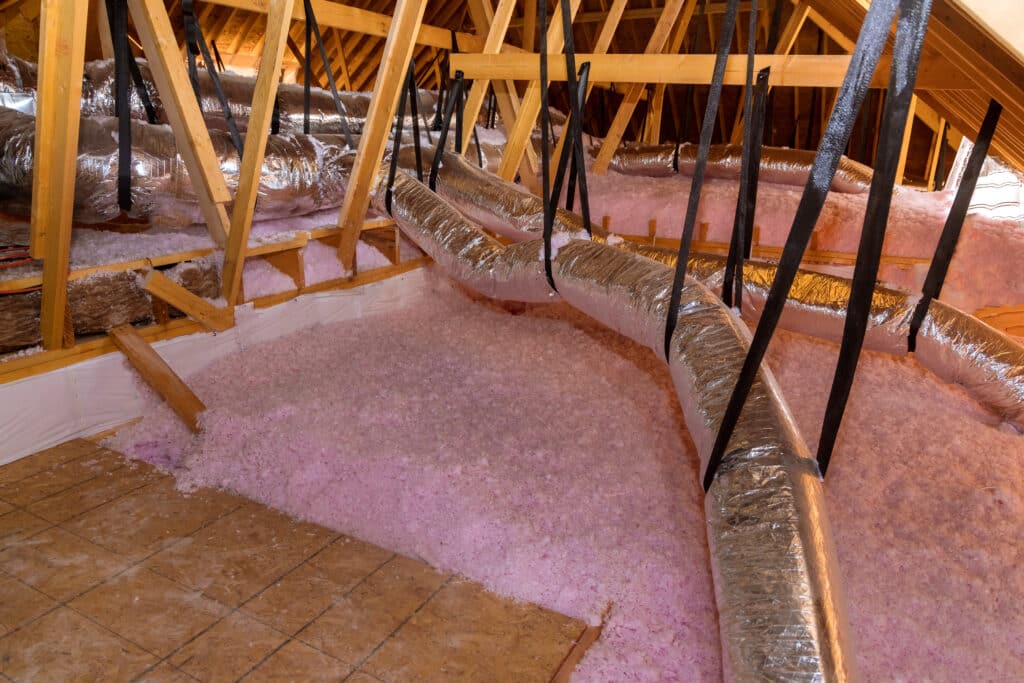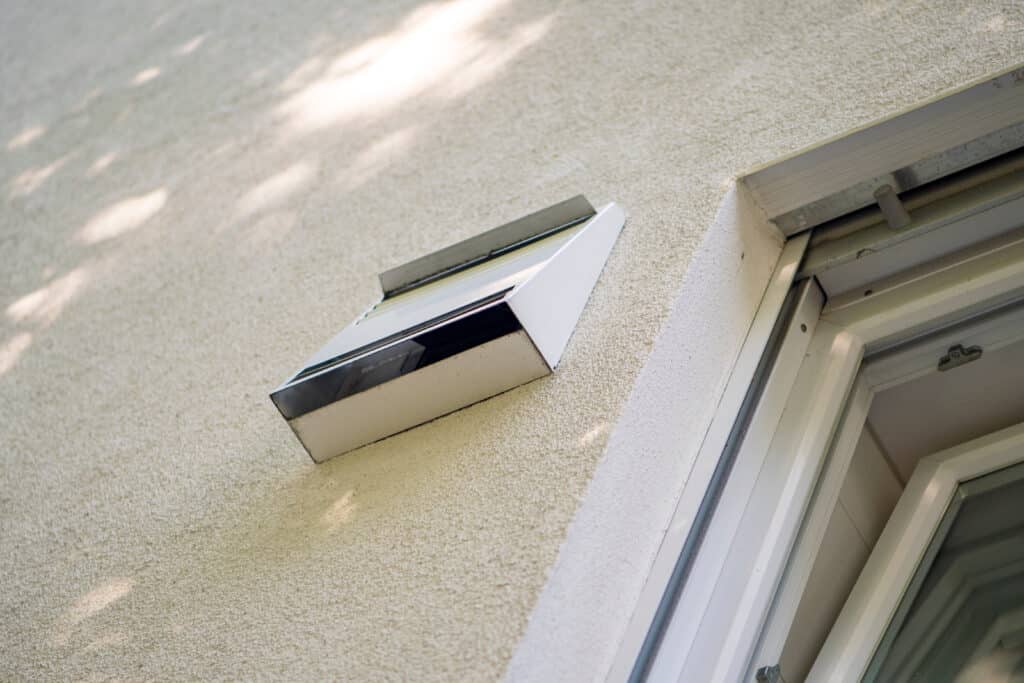Building Smarter: Energy-Efficient Home Designs from Foundation to Roof

In an era of rising energy costs and growing environmental consciousness, energy-efficient home design has become more than just a trend—it’s a standard for modern living. At Hammerskil Homes, we specialize in custom design-build projects that prioritize both form and function. Whether you’re passionate about reducing your carbon footprint or simply want to lower your monthly utility bills, an energy-smart design is a long-term investment in your home’s performance, comfort, and value.
Here’s how we approach energy-efficient home design—from foundation to roof. .
1. Foundations & Framing: The Groundwork for Efficiency

Energy efficiency begins before a single wall goes up. The foundation and framing choices have lasting implications on how well your home insulates and retains heat.
Slab-on-grade vs. basement foundations:
- Slab foundations are excellent in warm climates and offer minimal heat loss, but lack the utility space of a basement.
- Insulated basements can be made highly efficient with insulated concrete forms (ICFs) or exterior rigid foam insulation.
Advanced framing techniques, also known as Optimum Value Engineering (OVE), reduce the amount of lumber used, allowing more room for high-performance insulation and reducing thermal bridging. Though slightly more complex to design and build, this technique improves R-values and reduces material waste.
Slab foundations can be problematic in colder climates, however, due to frost heave if not properly insulated. Advanced framing may also result in slightly less structural redundancy, requiring careful engineering.
2. Walls & Insulation: A Thermal Blanket for Your Home
Walls are your home’s first line of defense against the elements. The insulation you choose directly impacts energy consumption.
Insulation types:
- Spray foam insulation (closed-cell) provides a high R-value and acts as both an air and moisture barrier. It’s ideal for hard-to-reach places but comes at a higher cost.
- Blown-in cellulose is eco-friendly and cost-effective, though it may settle over time, reducing effectiveness.
- Mineral wool offers excellent fire resistance and soundproofing in addition to thermal performance.
In custom builds, structural insulated panels (SIPs) are also gaining popularity. These factory-made panels offer superior energy performance but require precise planning and experienced installation. SIPs require longer lead times and can complicate on-site changes during construction.
Spray foam can off-gas during installation and isn’t easily removable. Off-gas refers to the volatile organic compounds (VOCs) and other chemicals into the air as it cures.
3. Windows & Doors: Where Comfort Meets Aesthetics
Windows and doors are among the biggest sources of energy loss in a home, but they’re also a crucial element of design and lifestyle.
Energy-efficient window choices:
- Double or triple-pane glass with low-emissivity (Low-E) coatings help reflect heat while allowing natural light.
- Argon or krypton gas-filled windows provide better insulation than air-filled options.
- Fiberglass frames outperform traditional wood or aluminum in durability and thermal performance.
Proper placement also matters. South-facing windows maximize winter solar gain, while overhangs or exterior shading help block summer heat. Smart orientation is a hallmark of a thoughtful Hammerskil design.
High-efficiency windows can come at a premium price, and gas fills may leak over time, reducing performance. Heavier triple-pane models also require reinforced framing and hardware.
4. Roofing & Attic Systems: Defending Against Heat Loss

The roof is a major component in your home’s thermal envelope.
Cool roofing materials, such as reflective metal or clay tiles, reduce heat absorption in sunny climates. In colder regions, asphalt shingles paired with proper attic insulation can maintain warmth while offering affordability.
The attic insulation should meet or exceed local code recommendations—typically R-38 or higher. Adding radiant barriers or ventilation baffles can further improve energy performance by managing airflow and moisture.
Cool roofing materials can be more expensive and less effective in colder climates. Over-insulating, however, may also trap moisture, leading to mold or roof degradation without proper ventilation.
5. HVAC Systems: Efficient Comfort All Year Round

Your HVAC system is often the largest consumer of energy in the home, which makes system selection and ductwork design crucial.
High-efficiency options include:
- Geothermal heat pumps, which use the stable temperature of the earth to heat and cool your home efficiently. Though costly upfront, they offer significant long-term savings.
- Mini-split systems provide zone-based climate control, especially beneficial in homes with open layouts or separate guest suites.
- Heat recovery ventilators (HRVs) or energy recovery ventilators (ERVs) help maintain indoor air quality while minimizing heating and cooling losses.
Smart thermostats and zoning systems further optimize comfort while reducing unnecessary energy consumption.
6. Lighting & Electrical Systems: Bright Ideas for Saving Energy
An often-overlooked area of energy efficiency is your lighting and electrical layout.
LED lighting is a must in modern builds, using up to 90% less energy than incandescent bulbs. Adding motion sensors in low-traffic areas like closets or bathrooms ensures lights aren’t left on unnecessarily.
Solar-ready wiring or full solar panel installation is a smart addition during construction. With increasing incentives for renewable energy, many homeowners choose to add solar at the build stage or plan for a future upgrade.
7. Kitchens & Appliances: Energy-Smart Living

Modern kitchens are home to some of the biggest power consumers, making smart choices here especially important.
Look for ENERGY STAR-certified appliances in refrigerators, dishwashers, ovens, and even range hoods. Induction cooktops are gaining popularity for their precise heat control and energy efficiency.
Tankless water heaters provide hot water on demand and eliminate standby heat loss from traditional water tanks. Or, consider a heat pump water heater, which is exceptionally efficient and works well in larger homes.
8. Smart Home Integration: Intelligence Meets Efficiency
Finally, integrating smart home systems can help homeowners monitor and reduce energy usage in real-time.
Systems like smart thermostats, automated blinds, remote lighting controls, and energy monitoring apps empower homeowners to make data-driven decisions that align with their efficiency goals.
While some smart systems require higher initial investment, they often pay for themselves in the form of lower bills and better comfort.
Ready to Build Smarter?
At Hammerskil Homes, energy efficiency is not an afterthought—it’s built into every phase of our custom home design-build process. From materials and orientation to the mechanical systems that power your home, we’re passionate about creating spaces that are beautiful, functional, and future-ready.
Whether you’re dreaming of a modern minimalist retreat or a rustic luxury estate, our team has the experience to bring your vision to life—efficiently and intelligently.
Contact us today to learn how we can help you build the energy-efficient home of your dreams.